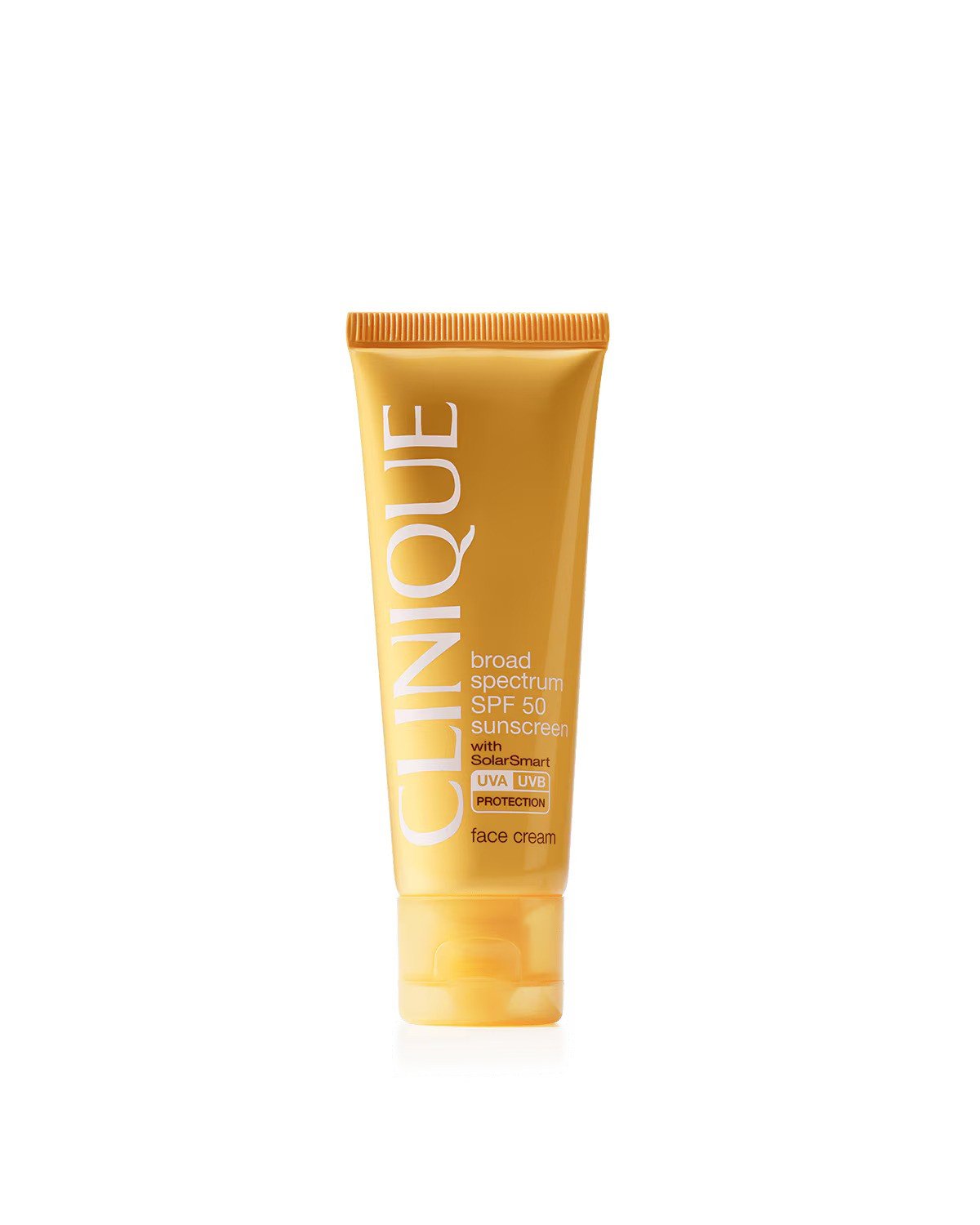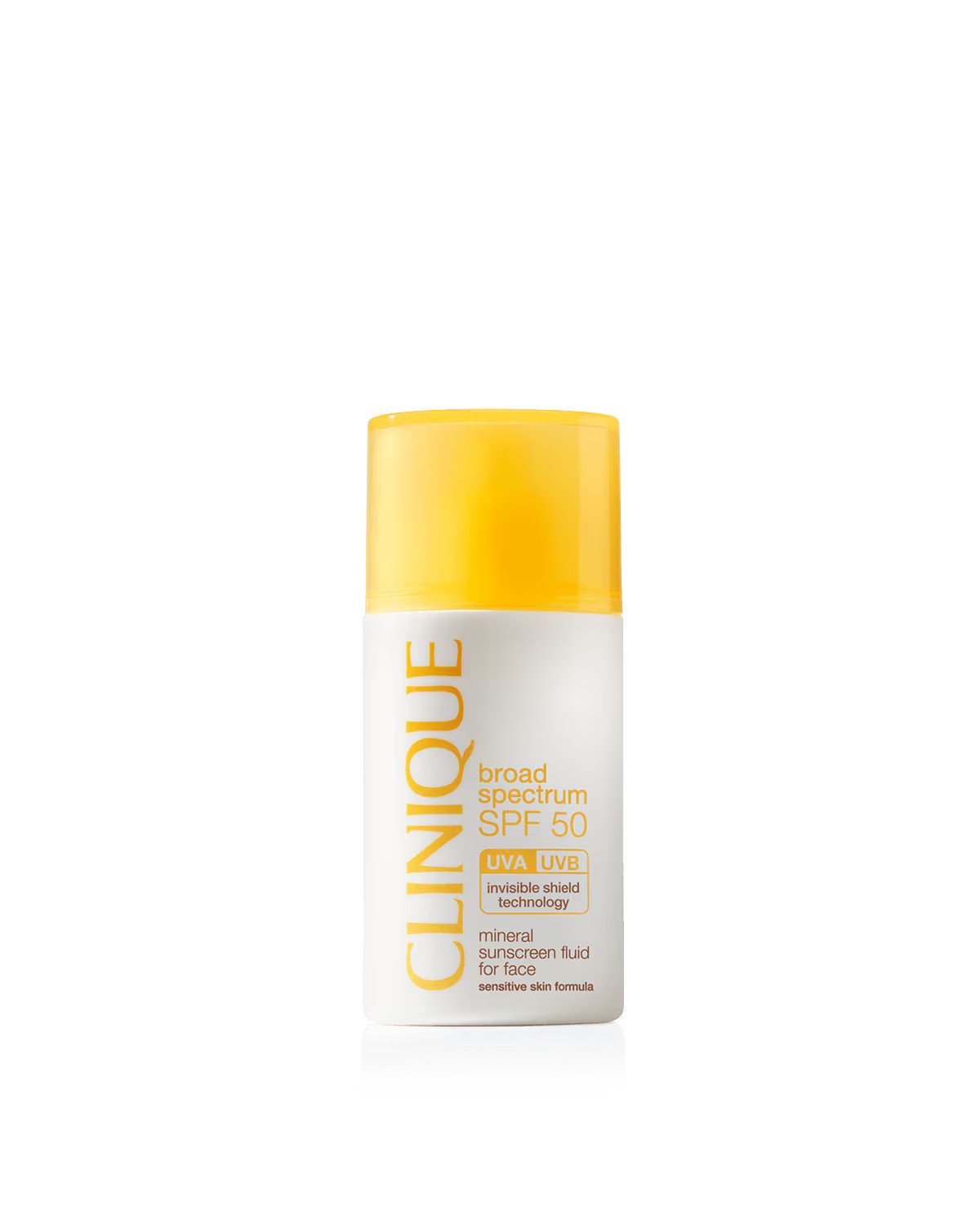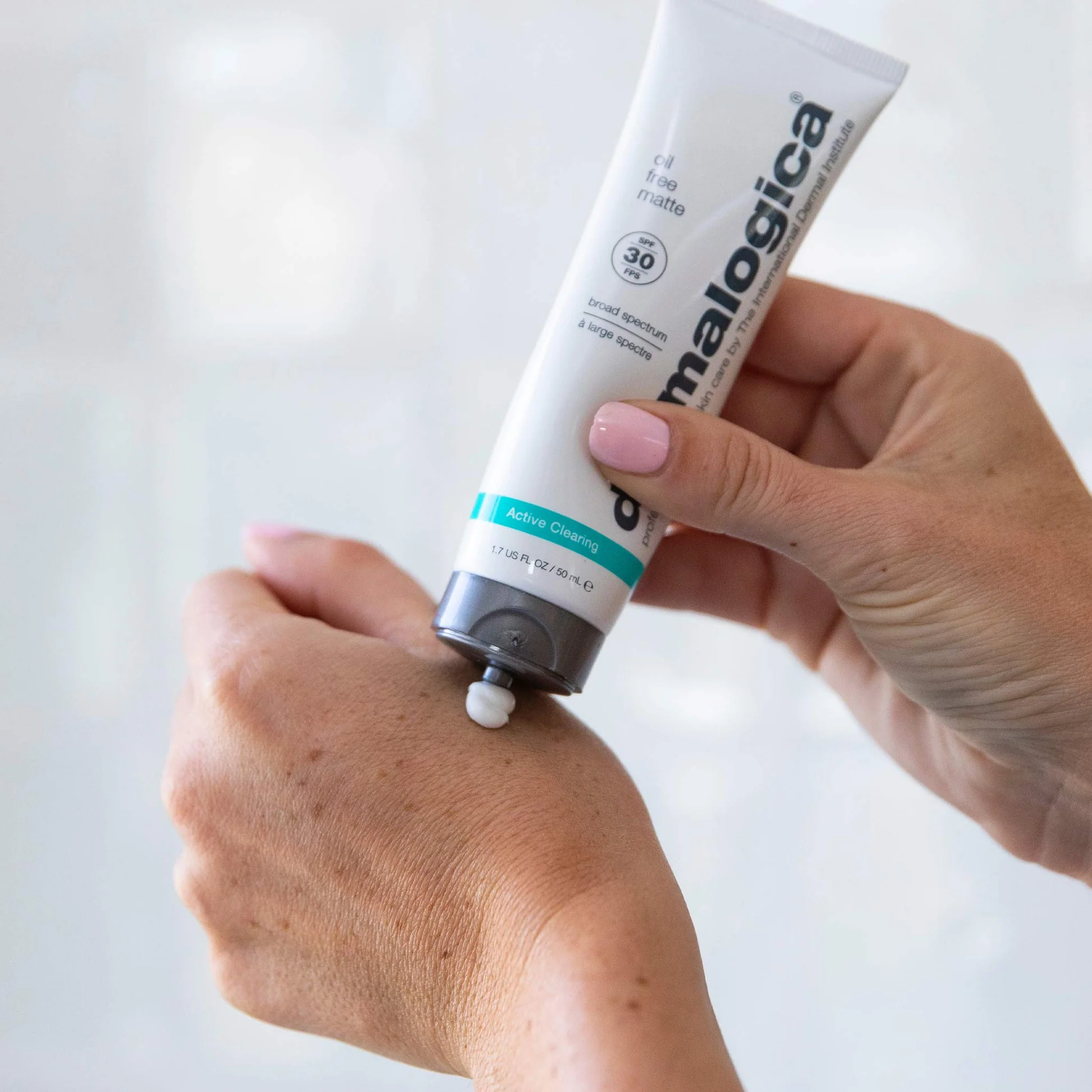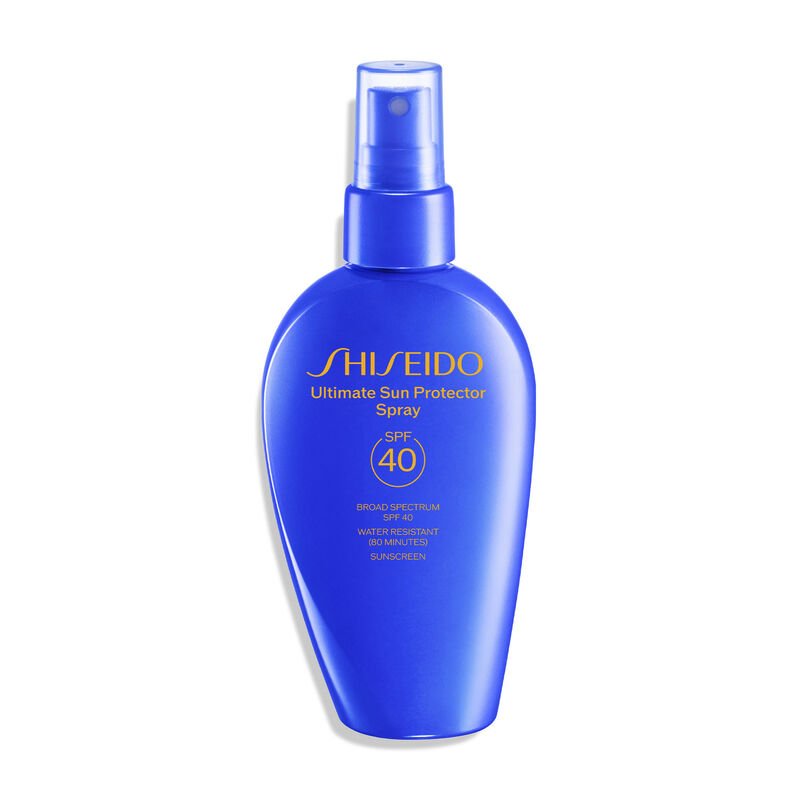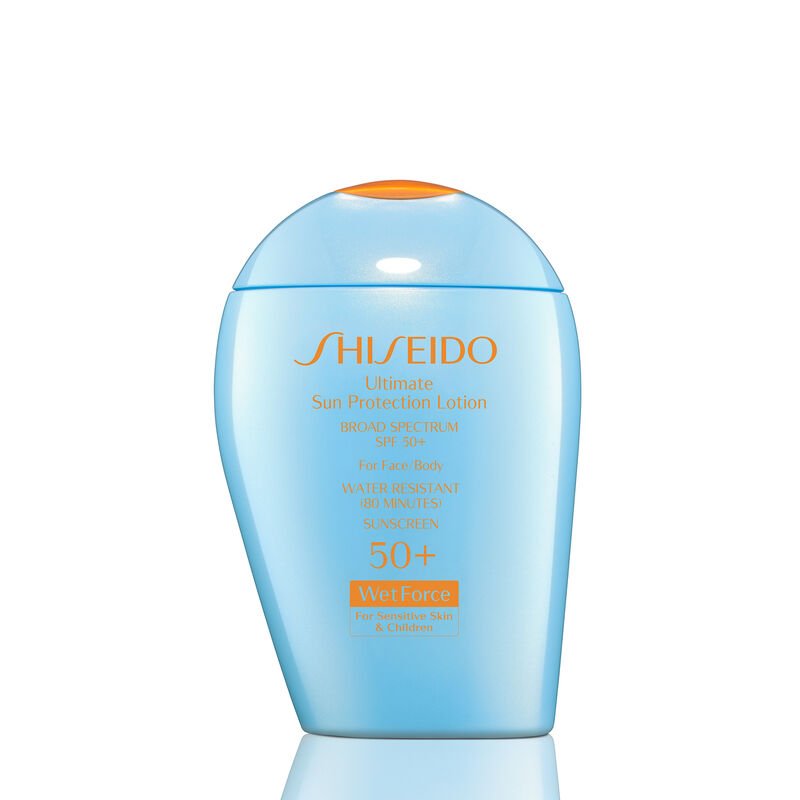Are you aware of the location of your sunscreen? Given the persistently intense sunlight throughout the year, it’s imperative to have the appropriate sunscreen on hand. Sunscreen application used to be unpopular, reminiscent of the chalky substance parents would diligently apply during childhood family vacations. However, significant advancements have been made since then, making modern sun protection more appealing. Despite this progress, there remains a tendency, particularly among men, to underutilize sunscreen on a regular basis.
Ensuring proper utilization of sunscreen is essential for effective sun protection. Adequate application, maintenance, and exposure management are pivotal to maximize the efficacy of the product. Below are guidelines on optimizing sunscreen usage to guarantee comprehensive protection both indoors and outdoors.
Dermatologists advise using a broad-spectrum sunscreen with at least SPF 30, recognizing that even with this level of protection, no sunscreen shields against 100 percent of UV radiation. Regular reapplication is crucial. Regardless of the SPF level, proper and frequent application is key, typically involving a quarter-sized amount for the face and neck and a full shot glass quantity for the body when wearing swimwear. Reapplication should occur every 80 minutes for sustained effectiveness.
Is there a necessity for certain demographics to use a sunscreen with a higher SPF?
Walker emphasizes the importance of UV protection for infants, seniors, and individuals with a history of skin cancer due to their heightened vulnerability. Prioritizing sunscreen application before outdoor activities and minimizing sun exposure, along with wearing wide-brimmed hats (ideally with a 4-inch brim) and UPF clothing, are recommended preventive measures.
Considering the delicate nature of infant skin, it’s advisable to avoid direct sun exposure for babies under six months old. For infants and toddlers aged six months and above, who possess thinner skin compared to adults, the application of sunscreen containing zinc oxide or titanium dioxide, known as physical protectors, is recommended. These ingredients are less likely to cause irritation as they remain on the skin’s surface, deflecting UV radiation, without penetrating it.
It’s essential to prioritize sunscreen formulations containing zinc oxide and titanium dioxide, as they possess robust capabilities in deflecting UV radiation.
The most effective sunscreen is the one that is consistently applied.
Currently, there is significant discourse surrounding the selection of appropriate sunscreens, considering both personal health and environmental factors. Hawaii has implemented a ban on sunscreens containing oxybenzone due to concerns that it may be contributing to the degradation of coral reefs.
The FDA has recently disclosed a roster of sunscreen ingredients for which they seek further data, particularly concerning their impact on human health. In response, numerous experts are advocating for the adoption of mineral-based sunscreens over chemical variants. Mineral sunscreens function by establishing a protective shield on the skin, utilizing ingredients such as zinc.
Not all sunscreens provide comprehensive protection against UVA and UVB radiation. When they do, these terms are typically indicated on the product packaging. Additionally, some products may feature labels such as “broad spectrum” or “UVA/UVB” to denote their efficacy in shielding against both types of ultraviolet rays.
Utilizing a sunscreen that encompasses the three essential protections is paramount. Research indicates that consistent application can lower the likelihood of:
- Skin cancer, including melanoma, the most-serious skin cancer
- Precancerous skin growths that can turn into skin cancer
- Signs of premature skin aging like age spots, wrinkles, and leathery skin
- Sunburn
- Melasma
- Dark spots on your skin that can appear when acne, psoriasis, or another condition clears
- One day, your sunscreen may be made from DNA | Science News for Students
Sunscreen serves a purpose beyond beach outings.
Given the established link between sun exposure and skin cancer, it is advisable to incorporate sunscreen into your daily routine regardless of your activities. Consistent daily application is key, akin to the habit of brushing your teeth. This practice is particularly crucial for facial protection, as the face is typically the most exposed area. When selecting a sunscreen for daily body use, opt for a fragrance-free formula to avoid the sensation of preparing for a pool outing when engaging in routine activities such as work.
A higher SPF doesn’t last longer
It’s important to avoid the misconception that using a higher SPF provides extended protection. Some individuals believe that selecting a high SPF, such as SPF 100, offers double the efficacy of SPF 50, leading them to apply it once and assume they are protected for the entire day. However, the SPF rating indicates the level of protection provided by the product, not its duration. Reapplication of sunscreen is necessary regardless of the SPF level chosen.
The AAD recommends the consistent use of sunscreen with a minimum SPF of 30 and ensuring it is broad-spectrum, indicating protection against both UVA and UVB rays.
Pump pack, roll-on or spray?
The efficacy of sunscreen heavily relies on its delivery system. Optimal results are achieved by applying generous amounts, such as a teaspoon for each limb, as well as a teaspoon each for the front and back of the body, and an additional teaspoon for the face and neck.
Achieving adequate sunscreen application is most convenient with pump packs or squeeze tubes. Individuals tend to apply insufficient sunscreen when using roll-on applicators. Spray-on sunscreen presents even greater challenges; the TGA advises applying one-third of the entire can for thorough coverage.
Every skin type needs sunscreen
Individuals with darker skin tones possess enhanced sun protection due to higher melanin levels. However, the reduced likelihood of sunburn does not imply immunity to the sun’s effects on the skin.
In addition to its role in skin cancer prevention, sunscreen also aids in managing hyperpigmentation, a significant concern for individuals with darker skin tones. Consistent sunscreen application can mitigate the development of freckles, melasma (dark splotches), and skin cancer. When selecting a sunscreen, consider opting for a clear or tinted formula to avoid any gray or chalky residue.
Below are recommendations for some of the top sunscreens currently available in stores:
